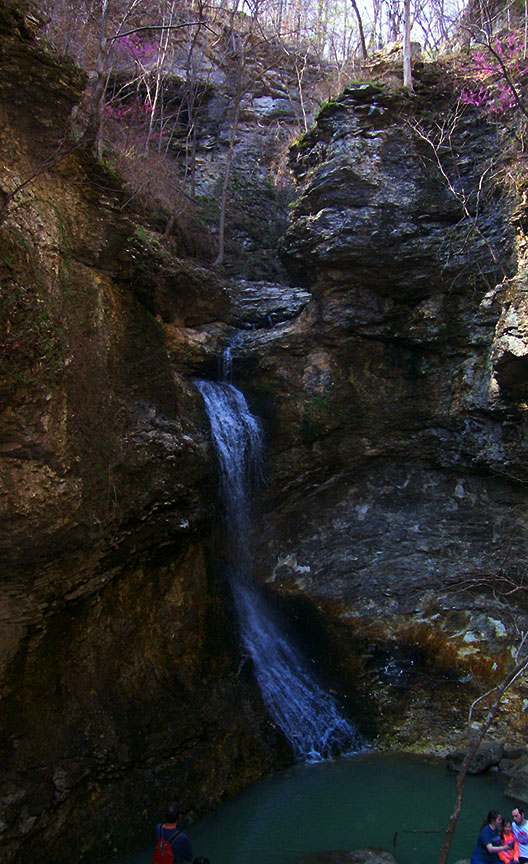
plate 1.
Lost Valley
by Tom Koob
A couple weeks ago on a brisk, March Friday, my wife and I visited Ponca, Arkansas, part of the Buffalo National River. We stopped by the Elk Education Center and met Layne Sleeth, one of the park rangers. We viewed the Center and purchased some maps. I also bought Neil Compton’s The Battle for the Buffalo River as I wanted to understand what went into establishing the first National River.
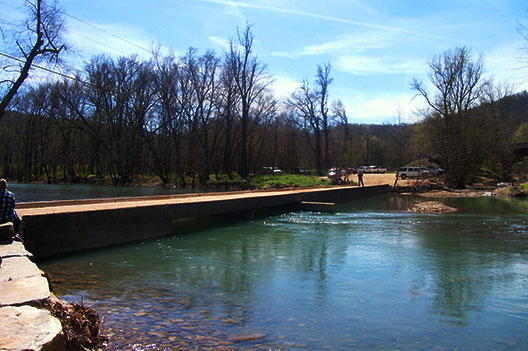
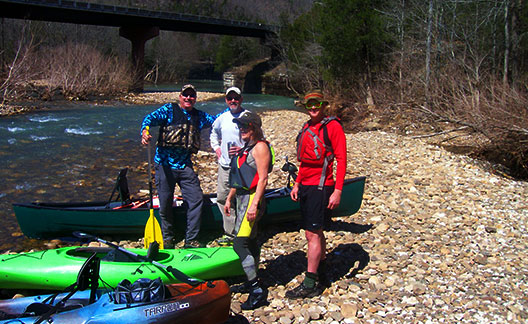
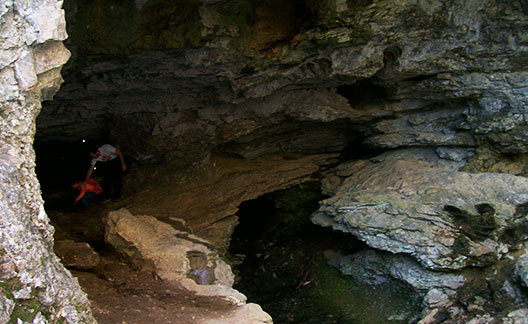
plates 2, 3 and 4.
We drove over to the famous low-water crossing. The water was running well and we watched a canoe and two kayakers take off down the river. Made me wish we had brought along our own canoe. We took the short walk up to Beaver Jim’s farmstead.
Next we drove through the beautiful, lush Boxley Valley down to Lost Valley. We had camped here as a family 40 years ago and had pleasant memories of the area. Camping is no longer allowed at Lost Valley due to the danger of flash flooding. I have a story about that, but it will have to be for another time.
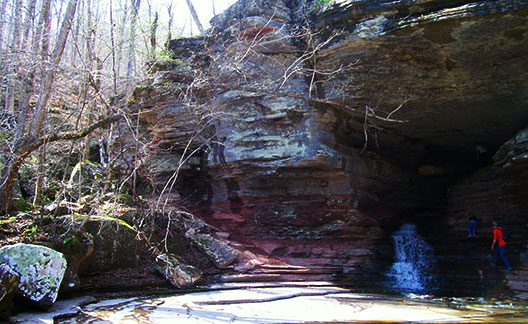
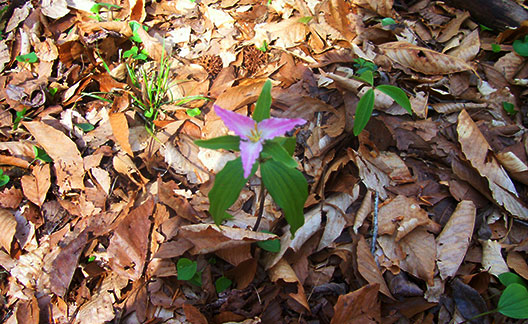
plates 5 and 6.
The trail up Clark Creek is much as we remembered it — except there were now many more people. Early spring allows an unobstructed view of the box canyon’s environment. Like a woman dressing, the tress wore only their frilly undergarments, yet to be fully clothed in verdant greenery. The serviceberry and redbuds were on display. On the forest floor, tiny violets spread out and may apples were just coming up.
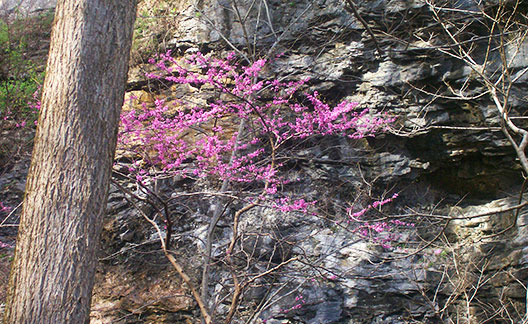
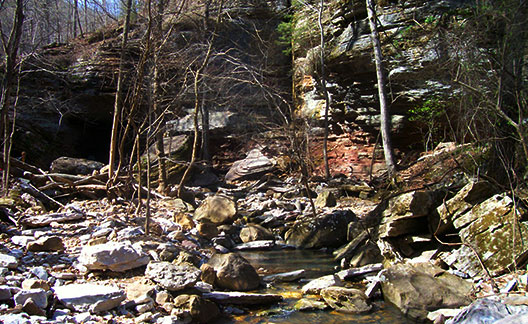
plates 7 and 8.
Clark Creek is a sinking creek. The rock-strewn creek bed runs mostly dry on the lower trail. But higher up near the jigsaw blocks, small pools of clear water appear. At the Natural Bridge, the creek reveals itself through rivulets and small falls. Cob Cave opens up, carved into the bluff walls with a water-polished floor. Based on archaeological finds here, Cob Cave was home to early Native Americans, probably the Bluff Dwellers.
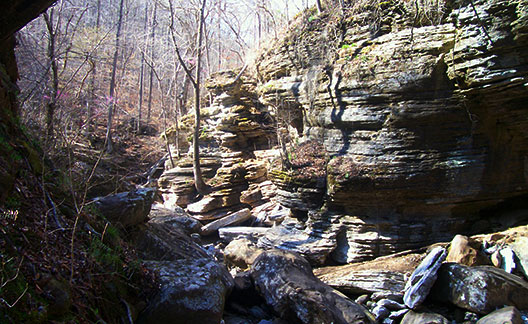

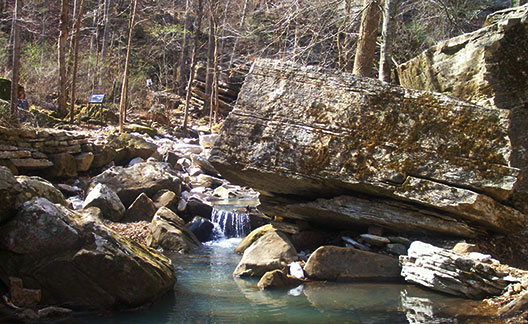
plates 9, 10 and 11.
The canyon sides begin to soar with impressive steep bluffs towering up to a blue sky. The stream bed is littered with boulders. One can imagine how the karst topography created this chaos. Formed by water over millennia, the water ate away through underground channels until the roof collapsed.
Near the top, Eden Falls cascades down sharp drops into a circular pool. Climbing around the falls and up to Eden Falls Cave provides a final surprise. The cave can be entered from a narrow trail, cautiously, over mud- and moss-covered rocks.
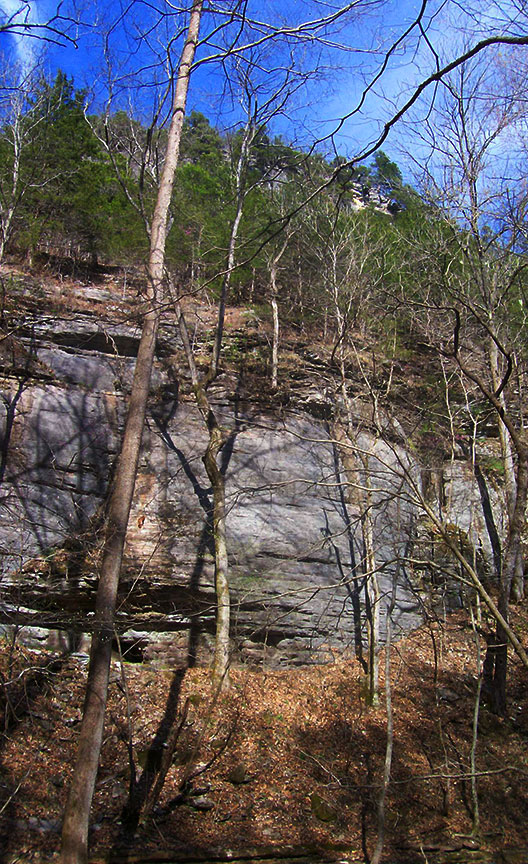
plate 12.
Lost Valley was as interesting and beautiful as I recalled it from decades ago. I am glad this wild area is under the protection of the National Park Service to be protected as well as it can be for as long as it can be.
April 5, 2016





